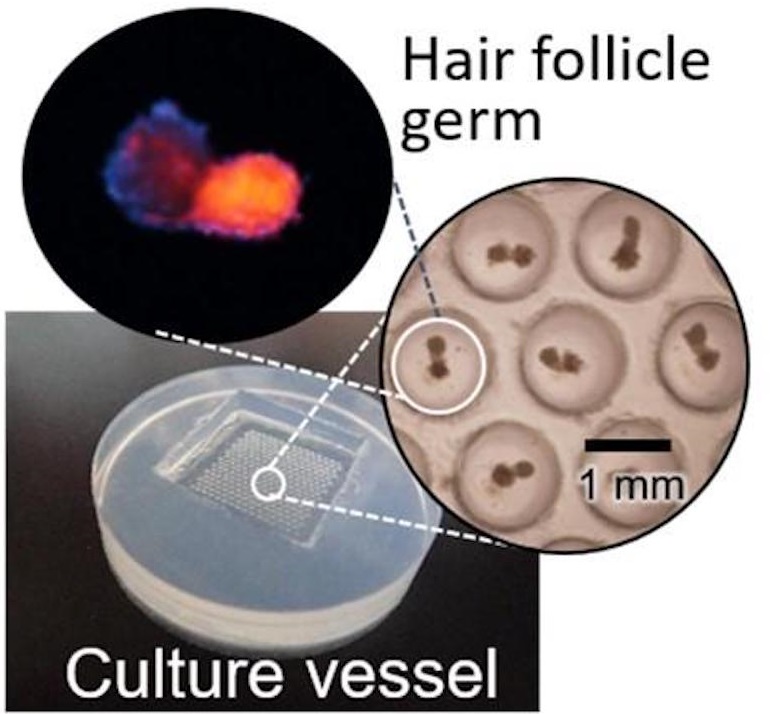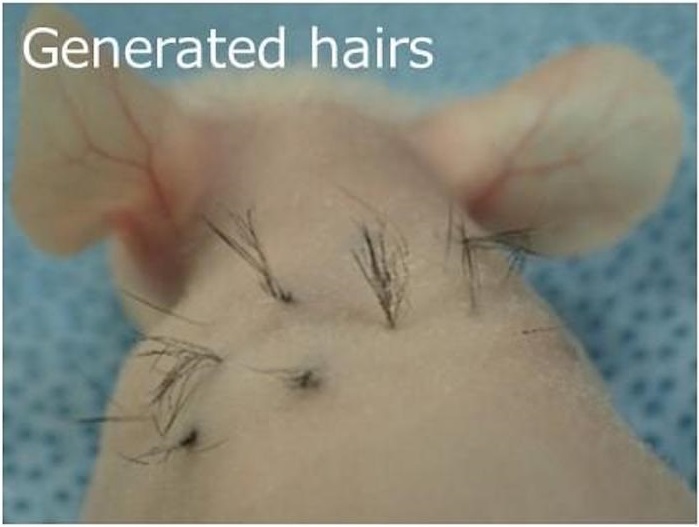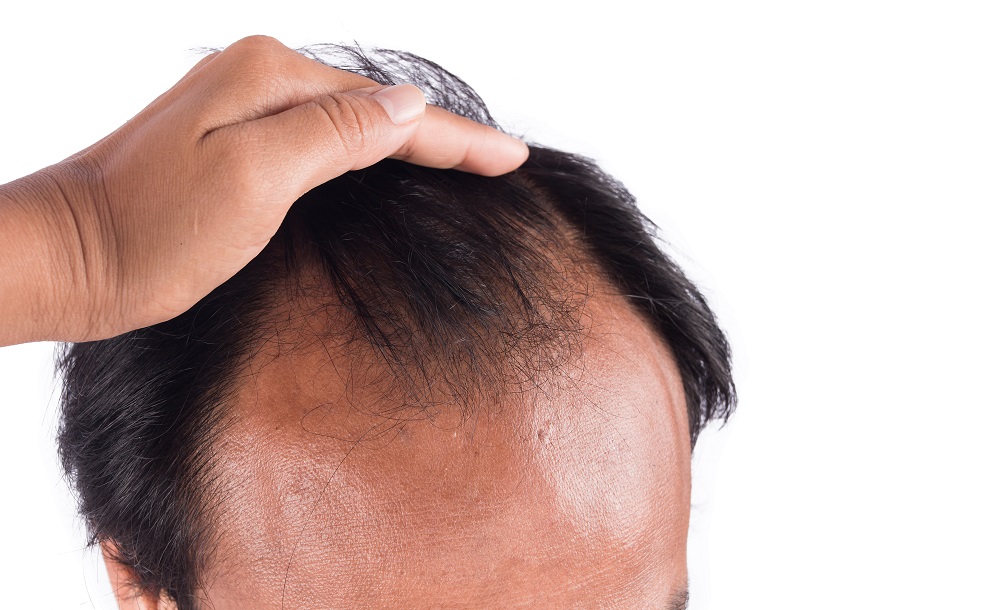New hair-raising technique to decrease baldness
A Japanese scientist regrows hair follicles at record rate using a special ingredient – this novel technique could revolutionize the treatment of baldness. [This article first appeared on the website LongevityFacts.com. Author: Brady Hartman. ]
While scientists aim to lengthen our lifespans, at least they can lengthen our locks.
Or even grow a full head of hair on a bald pate, in the near future.
How the Hair-Raising Science Works
Bald heads may soon be a thing of the past, thanks to a Japanese scientist named Fukuda who has developed a way to grow hair follicles at a record rate.
Our follicles grow from cells called hair follicle germs. These germs develop into hair follicles, the tiny organs that produce and nourish our hair.
A team led by professor Junji Fukuda of the Yokohama National University (YNU), cultivated 5,000 of these follicle germs within just a few days, enough to replenish a head of hair. Professor Fukuda’s method is a massive step up from existing techniques that can create only 50 follicle germs at once.

Special Ingredient
The special ingredient is a type of silicone used in his study called dimethylpolysiloxane. The scientists used two kinds of cells placed in silicone containers to cultivate the hair follicle germs. The team published their results in the journal Biomaterials.
Medications can slow hair loss, but they do not reverse the problem, says Fukuda. The novel technology is an improvement over existing methods of hair restoration which merely rob Peter to pay Paul, as Fukuda points out
“Beauty clinics currently often use hair from the occipital region [back of the head] and plant them to frontal areas with hair loss. A problem with this is that it doesn’t increase the total volume of hair.”

Hair Club for Mice
Fukuda’s method has been tested in mice so far and works wonders for the rodents. While human tests might not occur for another five years, scientists ultimately believe the technique could be used to generate a fresh head of hair.
Professor Fukuda adds that treatments using his new technique may be available in 10 years.
Related: Why We Go Bald
In a study published at the end of January, a scientist gets to the roots of hair loss and says that baldness is due to free radical damage and the metabolic changes of aging. The researcher then suggests ways to solve the problem.
Article link: Do no go baldly into that good night.
Did You Like This Article?
- Share this post on social media and help us spread the word– It only takes one click on any of the social media links on this page.
- Follow us on social media – Google+ or Reddit
- Sign up for our email list – We use your email to notify you of new articles. We will not send you spam, and we will not share your email address. You can cancel at any time.
- Tell us what you think – Scroll down to enter your comments below.
References
Cover photo credit: Getty Images(iStock).
“To baldly grow: Japan scientists regrow hair at record rate.” MedicalXpress. February 6, 2018. Link to press release.
Tatsuto Kageyama et al. “Spontaneous hair follicle germ (HFG) formation in vitro, enabling the large-scale production of HFGs for regenerative medicine.” Biomaterials (2017). DOI: 10.1016/j.biomaterials.2017.10.056. February 6, 2018. Link to article in ScienceDirect.
Disclaimer
Diagnosis, Treatment, and Advice: This article is intended for educational and informational purposes only and is not a substitute for qualified, professional medical advice. The information and opinions provided herein should not be used during any medical emergency or for the diagnosis or treatment of any medical condition. Consult a qualified and licensed physician for the diagnosis and treatment of any and all medical conditions. Experimental therapies carry a much higher risk than FDA-approved ones. Call 911, or an equivalent emergency hotline number, for all medical emergencies. As well, consult a licensed, qualified physician before changing your diet, supplement or exercise programs.
Photos, Endorsements, & External Links: This article is not intended to endorse organizations, companies, or their products. Links to external websites, mention or depiction of company names or brands, are intended for illustration only and do not constitute endorsements.
